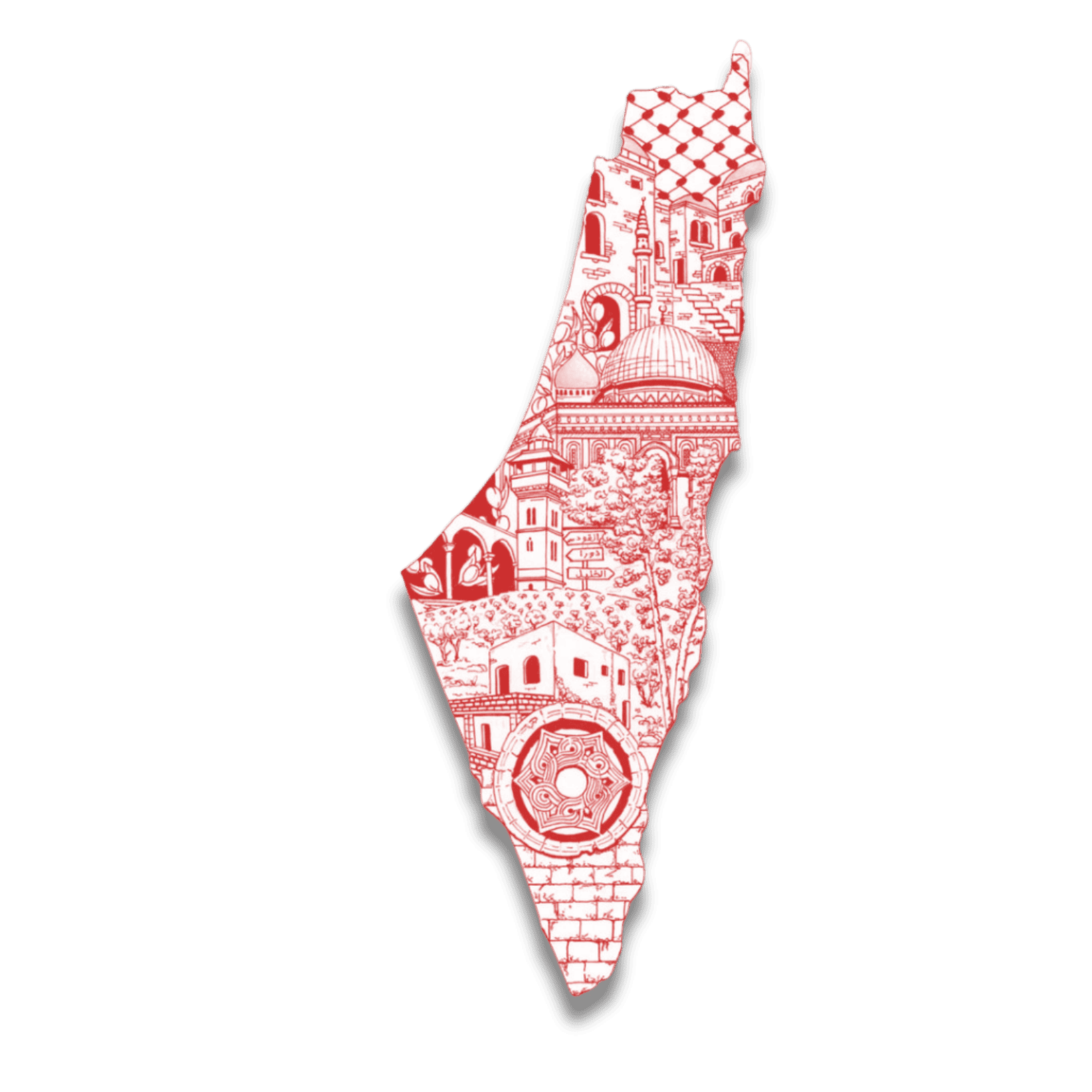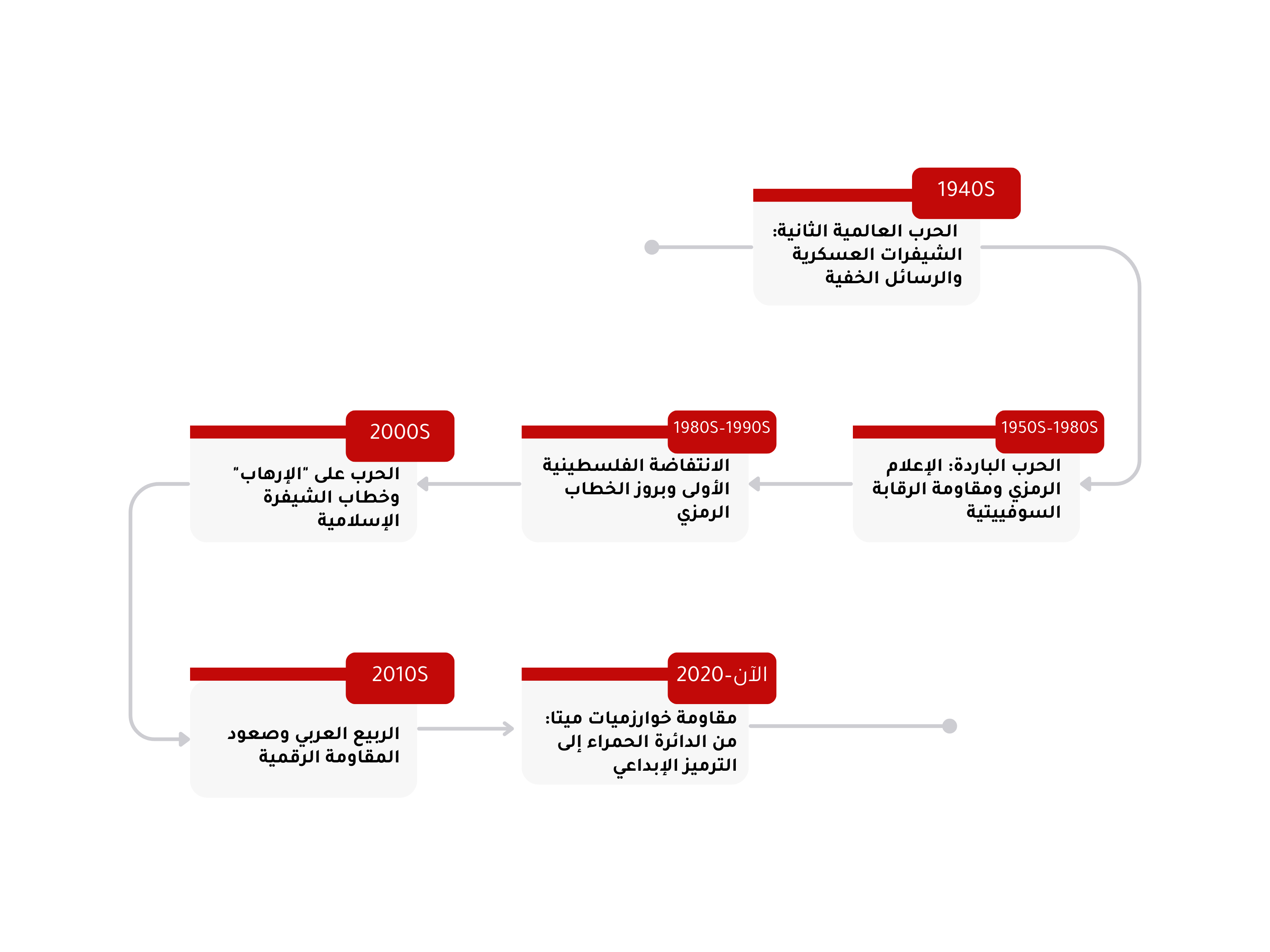Throughout history, occupied peoples have used symbols, language, storytelling, and anthems as tools to protect their identity from being erased by the colonizer’s narrative.
As methods of control evolved and the battle shifted to the digital realm, it became imperative for cultural and media activists to develop new tools and modes of expression suited to an environment where the platforms themselves have become part of the machinery of domination.

Resistant creativity in the digital age cannot be separated from the political reality. It is the product of a collective consciousness striving to preserve the original narrative from marginalization and distortion. It is also a form of “circumvention” of content classification systems that do not recognize the justice of causes but instead measure the legitimacy of discourse by biased and opaque standards.



In our present time, as platforms have become arenas of subtle censorship, writer and playwright Hassan Qteish shares his experience in creating resistant content on the "Bal Amelya" page; where symbols, and the blend of satire with seriousness, converge to produce a form of creativity that circumvents censorship to reach audiences and say what many dare not express.
To get their messages across, content creators have had to think outside the box and use various creative methods. Hassan, in his discussion, shares several innovative techniques he developed and employed on the “Bal Amelya” page to deliver his message effectively. These methods can be categorized as follows:
Omission
Symbolism
Encoding
The visual symbols used by resistance media fall under what is known as semiotics, the study of signs and symbols produced by communities to communicate within their culture and environment. Icons that appear in this type of content, such as the red circle or the inverted triangle, are not merely visual elements; they are cultural acts par excellence and tools that generate meaning and build a collective memory of resistance within a hostile digital environment.
These symbols embed meaning deeply in the audience’s mind without the need for direct explanation, establishing a secret and dynamic connection between sender and receiver within a shared social and cultural context. As symbolic beings, humans have an innate ability to transform signs into alternative languages, enabling messages to bypass oppressive censorship systems. Thus, an image or symbol becomes a language of resistance carrying layered meanings, testimonies, and hidden narratives that are difficult to erase or neutralize.

Design here is not merely an aesthetic choice; it is a conscious and purposeful act that carries a political stance and an encoded cultural message.
In the following segment, designer Ali Bassam shares his insights on the logos that accompanied the recent war, and how these symbols were shaped within a visual resistance context. Drawing from popular memory and political culture as its core materials, this design crafts a discourse capable of withstanding both algorithms and oblivion.
The starting point for any resistant content is not just the message itself, but understanding how to deliver that message to its audience. Thinking about the target audience is not a mere detail, it is a fundamental part of the work: “How do I reach them?” this is the essential question. Hassan explains that just as a content creator can benefit from melodies deeply rooted in popular memory, they can also make use of trending topics circulating online, repurposing them in ways that serve their cause without being excluded from the digital space. Rather than confronting algorithms head-on, he invests in popular formats: traditional videos, familiar styles, or viral sounds, then embeds within them a different content carrying a stance, idea, or critique. This approach hides the message within an expected mold, allowing it to reach the audience without being detected or deleted. This kind of work doesn’t mean following trends superficially, but rather transforming them into a smart tool to penetrate digital consciousness and redirect messages through familiar templates that feel relatable to the viewer while carrying new meanings beneath the surface.
To effectively deliver these messages, keeping up with trends wasn’t the only strategy. Circumstances also compelled designers to turn to the fastest and most advanced tool of our time: artificial intelligence. Designer Ali Bassam shares how they employed AI tools to create this type of content.